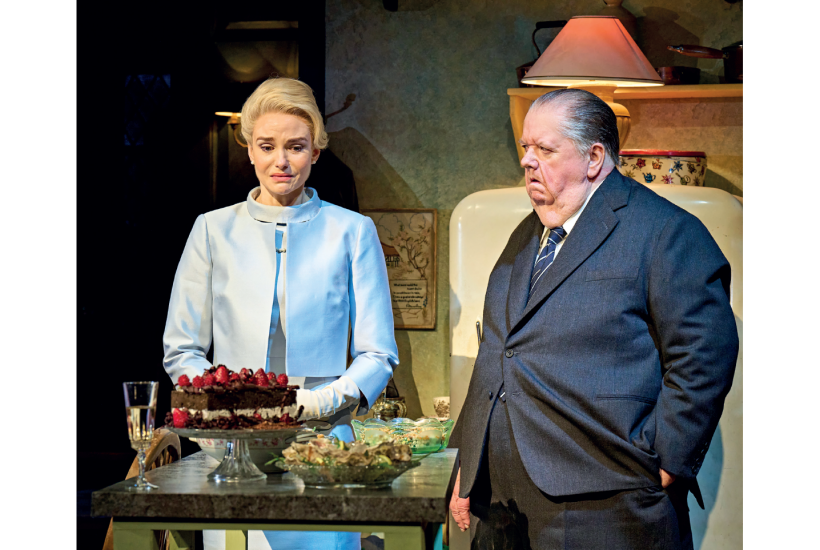Double Feature is a new play by John Logan, whose credits include Skyfall. The subject is movie-making, and the action is set in 1964 in a Hollywood cottage where Alfred Hitchcock is preparing Tippi Hedren for a nude scene in Marnie. The great director, who made a star of the unknown Hedren by casting her in The Birds, has all the power here.
Already a subscriber? Log in
Subscribe for just $2 a week
Try a month of The Spectator Australia absolutely free and without commitment. Not only that but – if you choose to continue – you’ll pay just $2 a week for your first year.
- Unlimited access to spectator.com.au and app
- The weekly edition on the Spectator Australia app
- Spectator podcasts and newsletters
- Full access to spectator.co.uk
Or
Unlock this article
You might disagree with half of it, but you’ll enjoy reading all of it. Try your first month for free, then just $2 a week for the remainder of your first year.








Comments
Don't miss out
Join the conversation with other Spectator Australia readers. Subscribe to leave a comment.
SUBSCRIBEAlready a subscriber? Log in